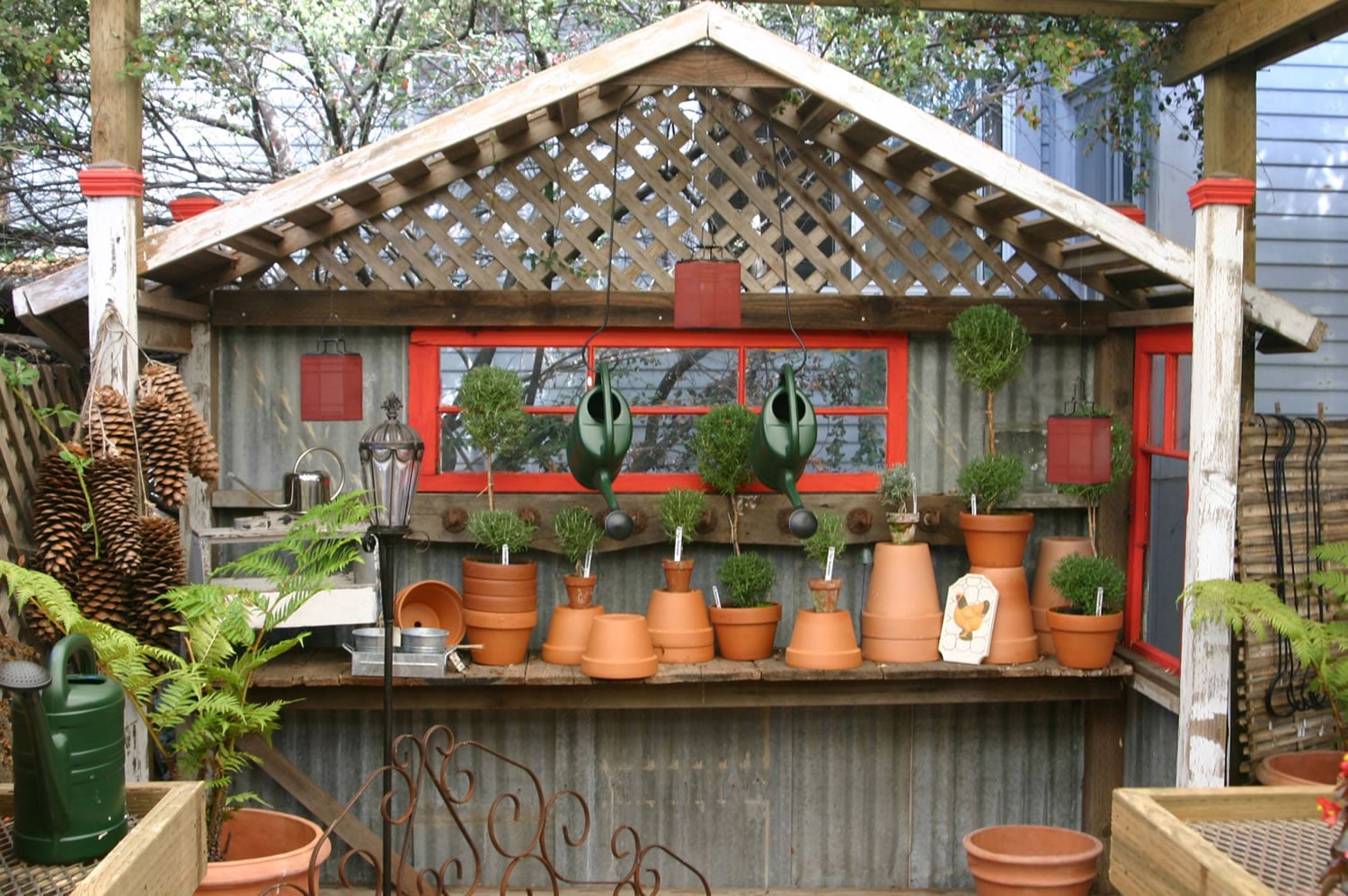While traveling recently, I found myself marveling once again at the similarity of gardeners around the world.
Despite the differences in environment and culture, we are bonded by the act of gardening. Someone who is raised in an English household north of London will have a unique perspective on what a garden can and should be. Someone from the south of France or from Vancouver will have his or her own perspective. Yet, when you bring these people together, they are immediately allied by their mutual connection to gardening.
For me, much of gardening is an experiment in re-creating the gardens that have touched my spirit. The Pacific Northwest is one of those blessed locales where we can try different styles of gardening with great success. An English cottage garden might seem out of touch in arid Arizona. A Japanese garden in suburban Kansas feels disharmonious with the place. In the Northwest, these different styles flourish, and they can even work well together in the same garden.
It’s the nature of our environment to make plants look good. Pale and vibrant colors all show themselves well on cool, overcast days. Early morning rains keep foliage fresh and hydrated throughout the year. The inherent backdrop of needled evergreen trees is key to the Northwest landscape. The needled evergreen holds its place in every season, and on the rare occasion when the tree is dusted with a coating of fresh, powdery snow, it stands out as the highlight of the garden. The Northwest garden is quite simply a world in itself.
The family of rhododendrons are really quite wonderful all-season plants. Unfortunately, they are often considered only for their spring flower production and then derided as large green blobs for the rest of the year. In my opinion, this one incredibly diverse shrub can fill a garden with plants from a few inches high to full-sized trees that flower in a rainbow of colors of every shape and size.
Anything overdone or done badly will lose favor over time, so plan your placement of broadleaf evergreens as diligently as you would a cottage flower border. Always remember to envision the mature plant at the time of purchase and planting. Know what you are looking for and research the plants you finally choose for your garden. Along with rhododendrons, try Pieris japonica, Daphne caucasica and the strawberry tree, Arbutus unedo.
I’m adding more and more of the smallest cultivars of broadleaf evergreens, with their petite leaves, to some of my miniature garden plantings. They show especially well in a wide, shallow planter with an equally small, hard pruned, deciduous plant and a low ground cover. Japanese maples are excellent partner plants.
Once planted, set one of these miniature landscapes by the front door with seasonal flowering pots and planters. Most of these smaller cultivars will flower along with their larger cousins in the garden. Placed on a plant stand and set outside by a table or chairs where visitors gather, they will delight every garden lover, young and old.
There is such an abundance of flowering plant material in the Northwest garden that we sometimes forget we are actually seeing color when nothing in the garden is in bloom. Green, brown and all the variations of these two colors meld into an overall perception of a garden, sometimes losing their distinction as individual colors. As creators, we need to pay special heed to the colors that make up the bulk of our gardens.
There is so much green and brown in the Pacific Northwest that they become somewhat like the solid, background color of a painted room or a stretch of carpeted floor. Green includes all the colors of growing foliage between yellow and blue in the spectrum, including forest, mint, sage and emerald. There is a huge variety of tints and hues to both green and brown. When plants are placed together with this awareness in mind, uniquely interesting images can be created.
To make an all-green garden stand out in the visitor’s mind, use a mix of plant material with different textures. Combine plants with shiny, reflective foliage with plants that have a matte leaf surface. Consider both the shape and size of a plant’s foliage. Thus, an emerald green Hinoki cypress rising out of a lush, blue-green ground cover such as Euphorbia “Robbii” will dazzle the senses in every season of the year.
Robb Rosser is a WSU-certified master gardener. Reach him at Write2Robb@aol.com.



